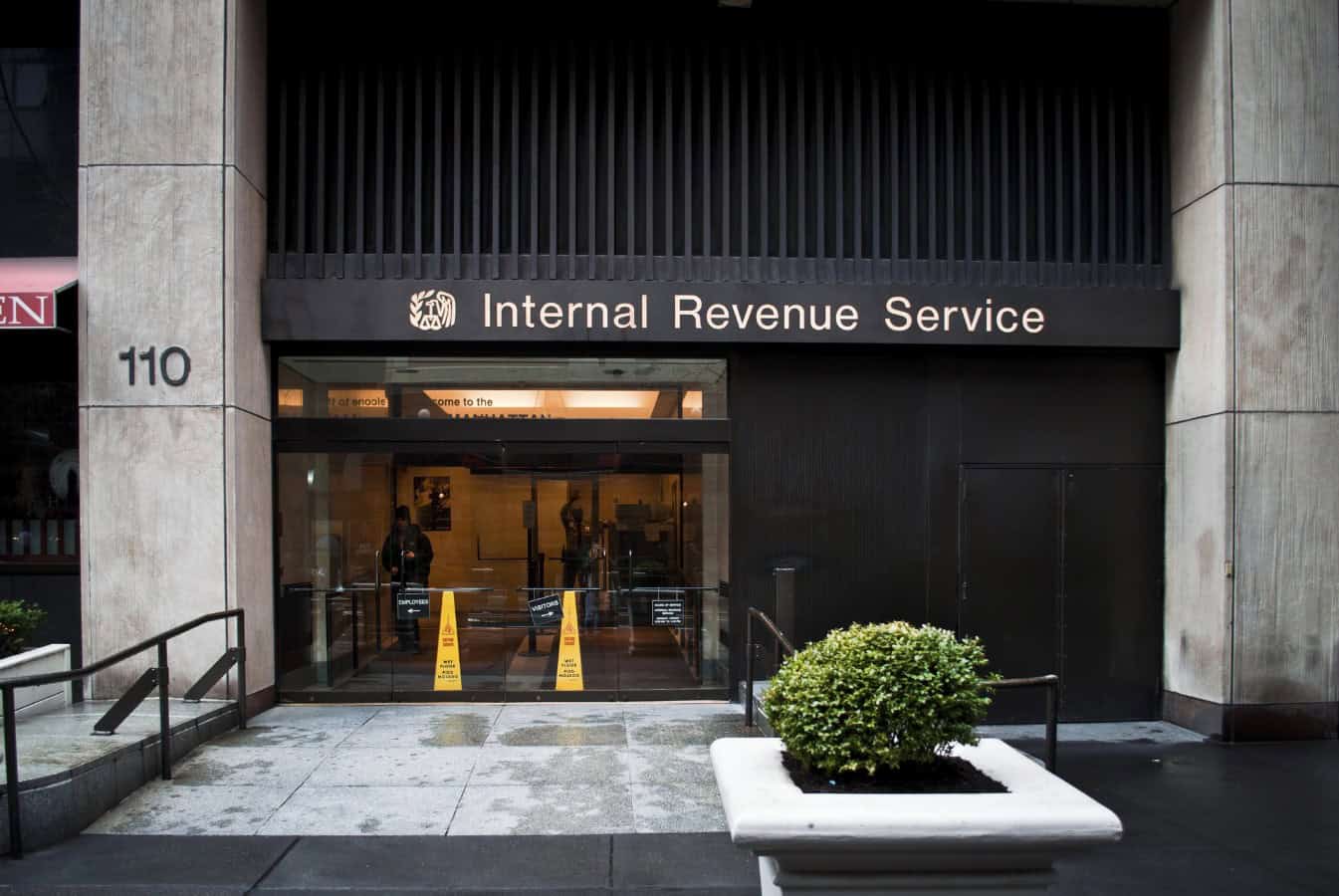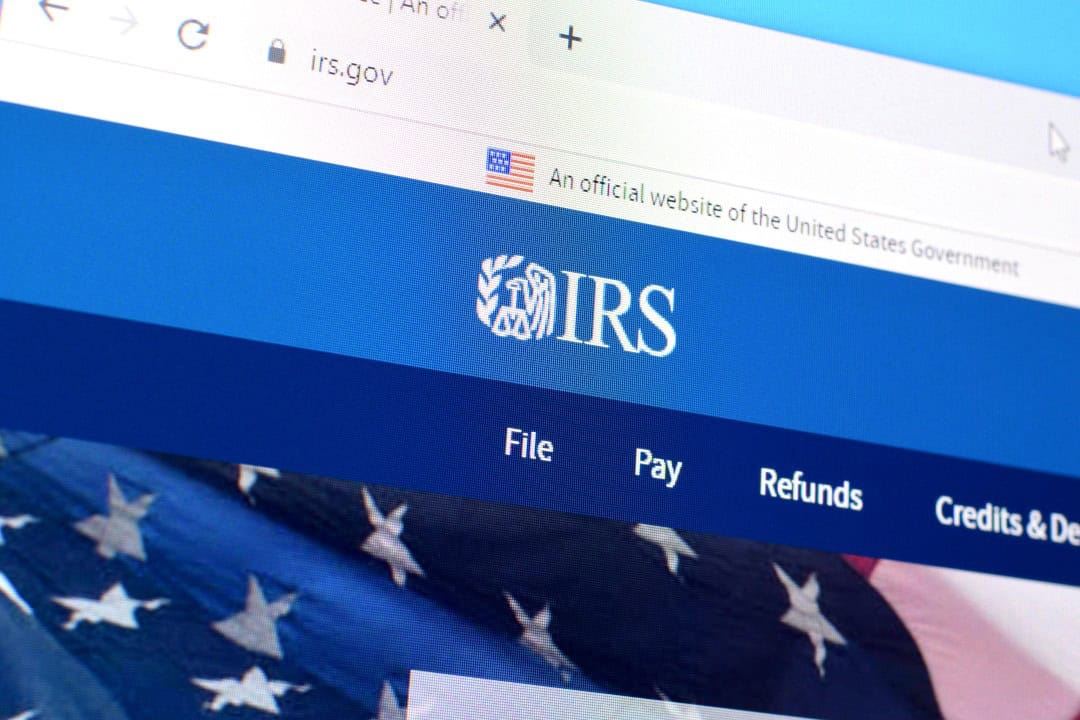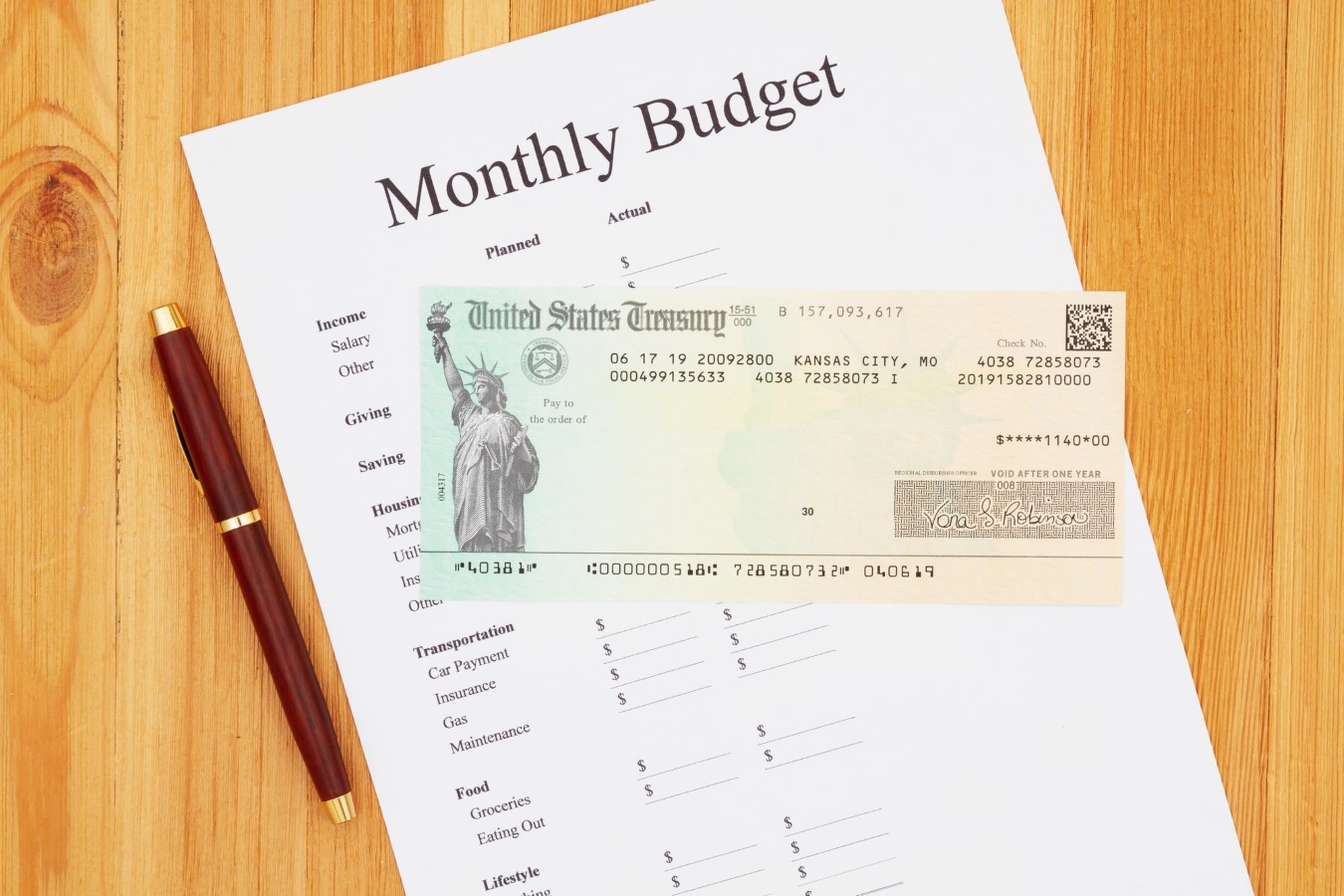IRS Won’t Change Withholding In 2025, Trump’s Bill Means Bigger Tax Refunds – Financial Freedom Countdown
The IRS announced this week that withholding tables and W-2 reporting forms will remain unchanged for 2025.
As a result, millions of Americans will continue paying taxes on tips, overtime, and other income throughout the year; but when they file in 2026, they’ll receive those amounts back as larger refunds thanks to President Trump’s One Big Beautiful Bill Act (OBBBA).
Trump’s Law Reshapes Tax Withholding

Signed on the 4th of July, Trump’s bill includes major tax breaks for tipped workers, overtime earners, and seniors.
Because the IRS is delaying withholding adjustments, these groups will temporarily pay more during the year; but ultimately benefit at filing time.
Why Withholding Won’t Change This Year

The IRS explained that keeping current withholding tables and W-2 forms avoids disruptions for businesses, payroll providers, and taxpayers. “These decisions are intended to avoid confusion during tax season and give enough time to implement the changes effectively,” the agency said.
Tip Income Gets a Break

Under the new tax law, tip income will be deductible for tax years 2025 through 2028, whether or not you itemize your deductions.
This deduction applies to qualified tips; cash or credit card tips, earned in jobs the IRS identifies as customarily receiving tips as of December 31, 2024.
The Treasury Department will publish the official list of eligible occupations by October 2, 2025.
The maximum deduction is $25,000 per year.
For self-employed workers, the deduction cannot exceed the net income from the business where the tips were earned.
To claim it, taxpayers must include their Social Security Number on their return and file jointly if married.
The deduction gradually phases out for those with a modified adjusted gross income (MAGI) above $150,000 for single filers and $300,000 for joint filers.
No Tax On Overtime Pay

Unlike tips, overtime pay did not previously have separate reporting lines on Form W-2 because regular wages and overtime were taxed the same.
Under the new law, workers can claim a deduction for qualified overtime pay of $12,500 for singles and $25,000 for married couples filing jointly.
Like the tip deduction, this is a temporary deduction for tax years 2025 through 2028 and applies whether or not you itemize.
For this rule, overtime compensation is defined as the amount above your regular rate of pay; essentially the “half” portion of time-and-a-half pay. Only this extra portion qualifies for the deduction.
While the IRS had previously indicated that overtime pay should be reported on Form W-2, Form 1099, or another statement, the lack of W-2 changes in 2025 means it’s currently unclear how this income will be reported for claiming the deduction.
New Senior Deduction

Under the One Big Beautiful Bill Act (OBBBA), seniors age 65 and older can claim a new, temporary $6,000 deduction starting in 2025, which expires after 2028.
This deduction is available whether you take the standard deduction or itemize your deductions.
It serves as a substitute for Trump’s “no tax on Social Security” promise, as there is no separate provision for Social Security.
The deduction applies to taxpayers who are 65 or older by the last day of the tax year.
It is in addition to the current senior standard deduction and can be claimed by all eligible seniors, regardless of itemizing.
For married couples where both spouses qualify, the deduction doubles to $12,000.
Taxpayers must include their Social Security Number on the return and file jointly if married.
The deduction gradually phases out for those with a modified adjusted gross income (MAGI) above $75,000 for single filers or $150,000 for joint filers.
IRS Prepares Guidance for 2026

New guidance and updated forms will take effect in 2026, allowing taxpayers to reduce withholding in real time.
Until then, refunds are the only way to capture the benefit of Trump’s bill.
Reporting Rules Still Evolving

Some uncertainty remains. Tip and overtime reporting on W-2s is not yet updated, which may require employers to adjust payroll systems.
Accounting professionals noted, “They’re just kicking it to next year, but it might not ever be figured into withholding completely.”
Should You Adjust Your Withholding?

Most taxpayers are advised to wait rather than rushing to update W-4 forms.
Those who qualify for the new deductions but make no changes will still see bigger refunds.
If you try to reduce withholding now, careful calculation is required to avoid penalties.
Bigger Refunds Are Expected

By keeping withholding tables unchanged in 2025, the IRS ensures a smoother transition while setting up larger refunds for millions in 2026.
The IRS announcement dated 7th August 2025 promises new guidance and forms for 2026.
Trump’s One Big Beautiful Bill is delivering on promises to ease the tax burden for working Americans, tipped employees, overtime workers, and seniors.
Like Financial Freedom Countdown content? Be sure to follow us!

The Social Security Administration (SSA) has announced that paper checks will no longer be issued starting September 30, 2025, in a major modernization move led by the Trump administration. This change is part of a broader government effort to reduce fraud, improve efficiency, and save taxpayer dollars.
New Trump Order Lets 401(k) Hold Crypto and Private Equity. Is It a Retirement Revolution or a Trap?

In a move that could reshape retirement planning for millions, President Donald Trump signed an executive order on Thursday allowing alternative investments like private equity, cryptocurrencies, and real estate to be included in 401(k) plans. The change marks a dramatic shift in policy, potentially opening the $12.2 trillion retirement savings market to high-growth assets previously off-limits to everyday Americans.
New Trump Order Lets 401(k) Hold Crypto and Private Equity. Is It a Retirement Revolution or a Trap?

With the Social Security trust funds projected to run out in less than a decade, Sens. Bill Cassidy (R-La.) and Tim Kaine (D-Va.) are pitching a bold plan. Their idea: invest $1.5 trillion over five years into a separate investment fund, give it 70 years to grow, and use the returns to keep benefits flowing.
Bold $1.5 Trillion Plan Promises to Rescue Social Security As Experts Warn of Big Risks

Nearly one in five student loan borrowers age 50 and older are now considered “seriously delinquent” on their debt, according to new data from the Federal Reserve Bank of New York. That means they are at least 90 days late on their payments. The delinquency rate for this age group spiked to about 18% in the second quarter of 2025, compared to just 10% back in 2019.
Nearly 20% of Older Borrowers Behind on Student Loans as Trump Shields Social Security Benefits

Did you find this article helpful? We’d love to hear your thoughts! Leave a comment with the box on the left-hand side of the screen and share your thoughts.
Also, do you want to stay up-to-date on our latest content?
1. Follow us by clicking the [+ Follow] button above,
2. Give the article a Thumbs Up on the top-left side of the screen.
3. And lastly, if you think this information would benefit your friends and family, don’t hesitate to share it with them!

John Dealbreuin came from a third world country to the US with only $1,000 not knowing anyone; guided by an immigrant dream. In 12 years, he achieved his retirement number.
He started Financial Freedom Countdown to help everyone think differently about their financial challenges and live their best lives. John resides in the San Francisco Bay Area enjoying nature trails and weight training.
Here are his recommended tools
Personal Capital: This is a free tool John uses to track his net worth on a regular basis and as a retirement planner. It also alerts him wrt hidden fees and has a budget tracker included.
Platforms like Yieldstreet provide investment options in art, legal, real estate, structured notes, venture capital, etc. They also have fixed-income portfolios spread across multiple asset classes with a single investment with low minimums of $10,000.